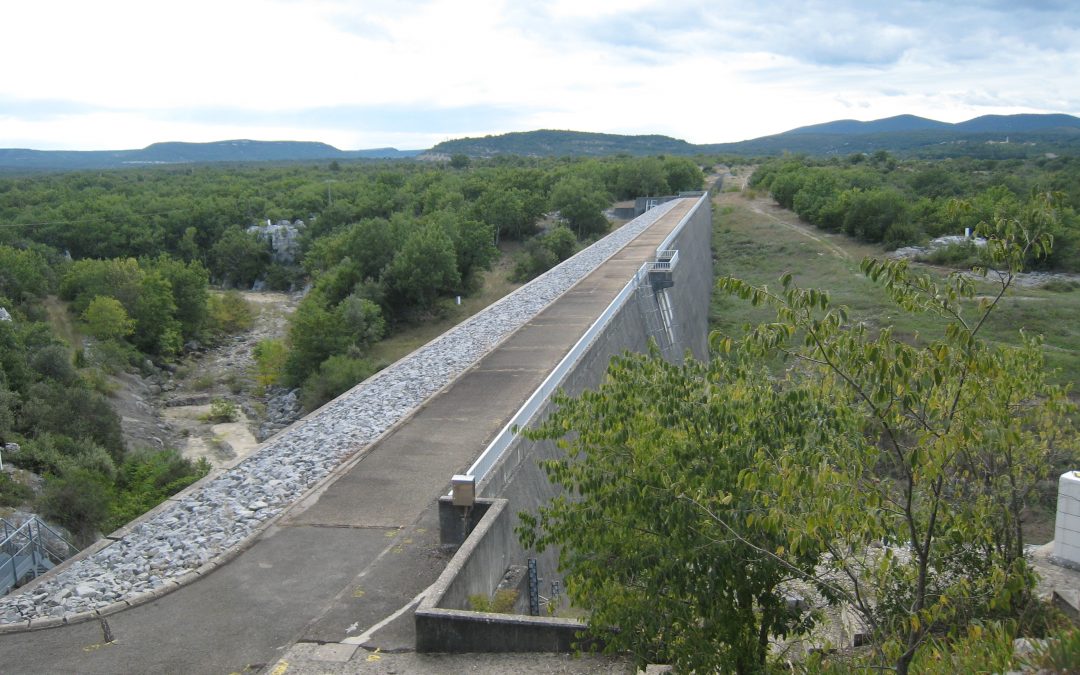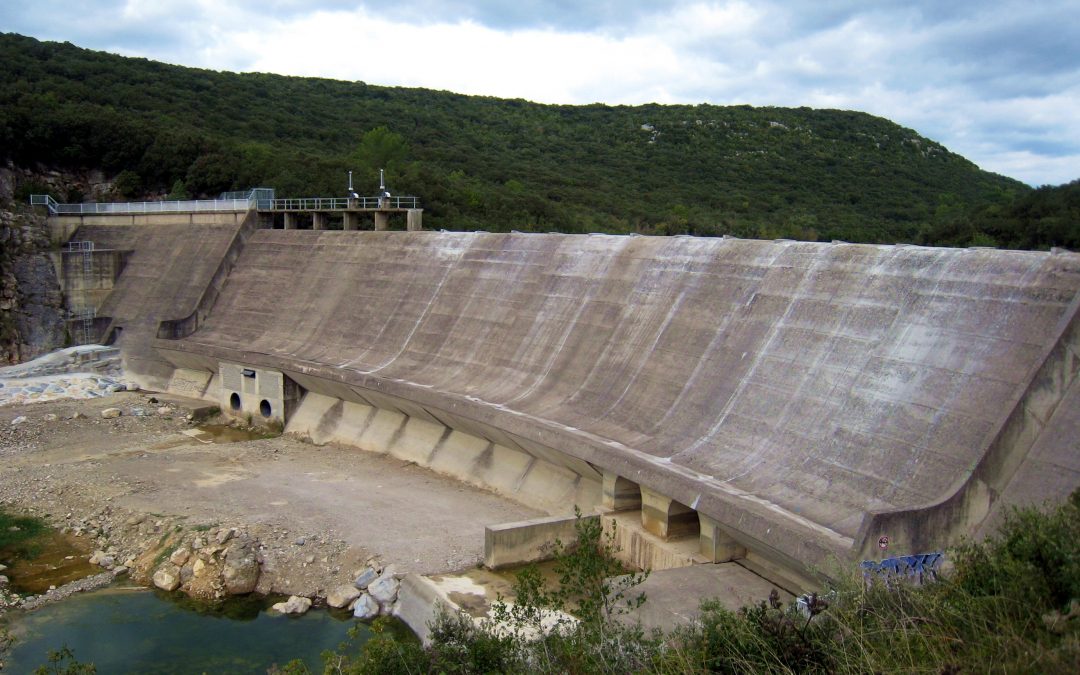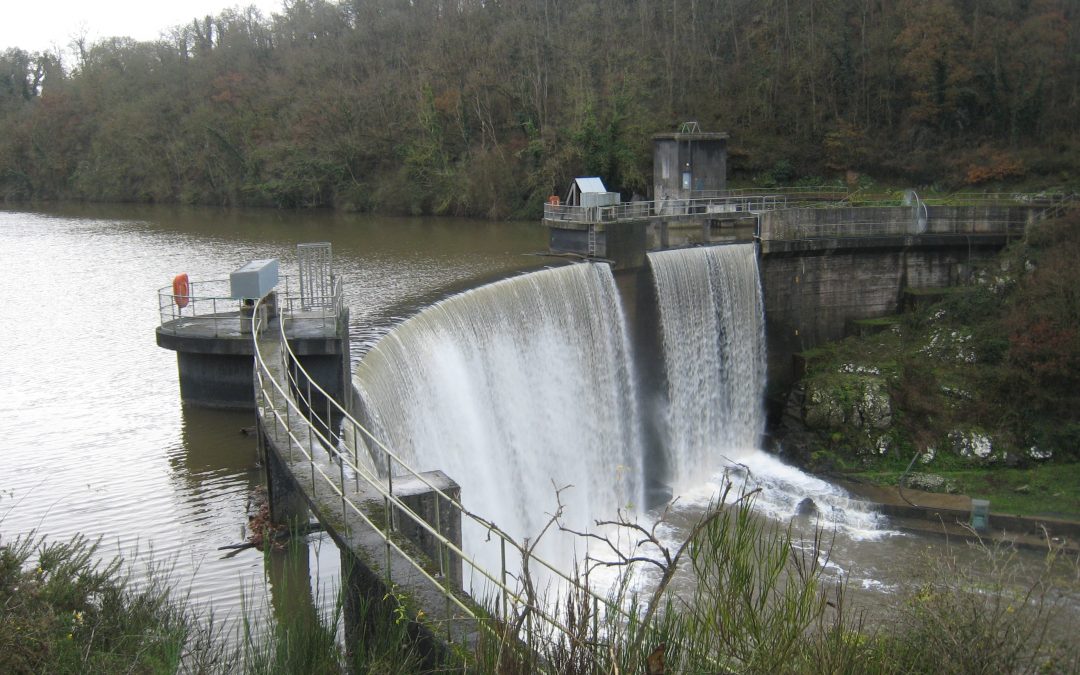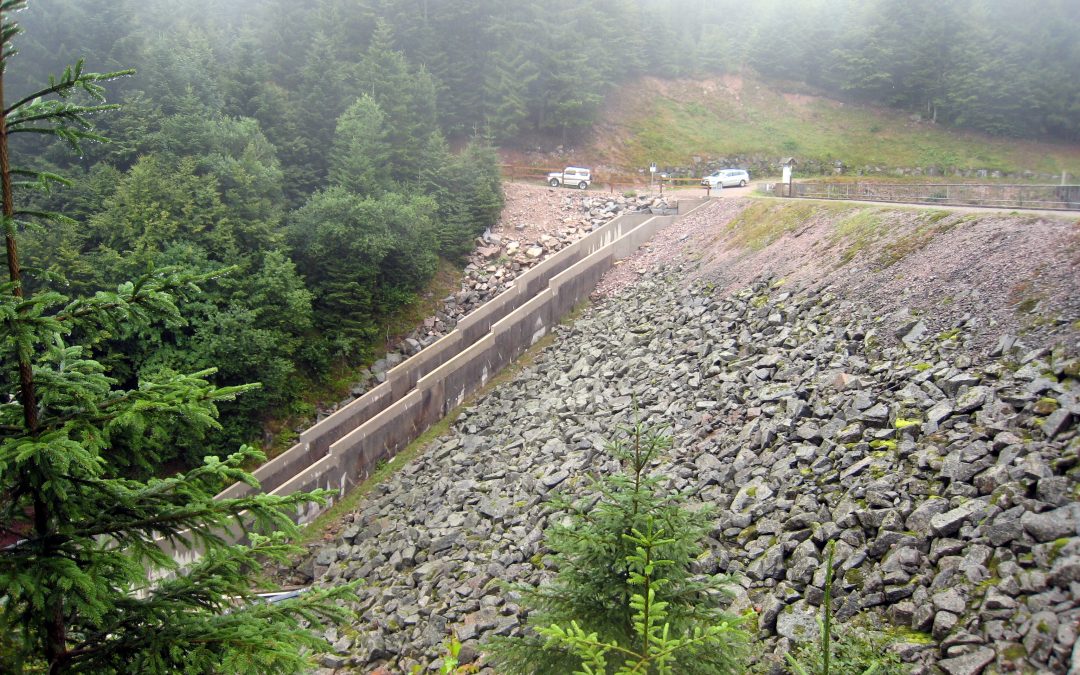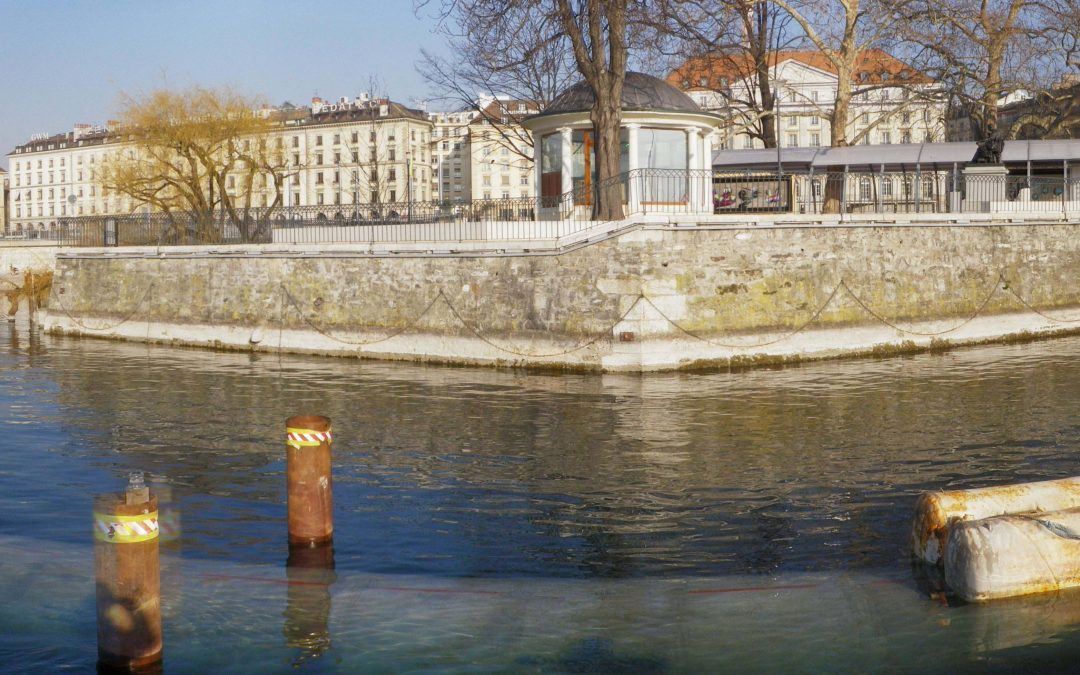
Sub-lake filtered water network – Prieuré, Arquebuse – Geneva – Switzerland
Dams and hydraulic Engineering (Sub-lake pipe)
- Client: Geneva Industrial Services (GIS) – Shared Services
- Assignment: Project management
- Total cost of work: 16,500,000 CHF excluding VAT
- Total cost of the assignment: 450,000 CHF excluding VAT
- Completion date: 2009-2014
PROJECT DESCRIPTION AND CHARACTERISTICS
New sub-lake filtered water network DN 1500 between the Prieuré treatment station and the Arquebuse pumping station to replace the existing pipe constructed in 1953. The project consists of replacing and increasing the capacity of filtered water that connects about 60% of the population of the City of Geneva for drinking water.
The principle of conducting the pipe consisted of assembling pipe sections from a sheet-metal concrete element on the bank. The sections thus obtained were closed to maintain the volume of air and to make them floatable during the conveyance to the place of installation.
Each section was then submerged and nested under water by jacks to the section previously laid and filled with drinking water from the network. The laying operation was long. Hence, the pipe was emptied thanks to its “melting” characteristic (the pipe does not float even when filled with air) to disinfection and making it drinkable.
The main constraints of the project were:
- Work in a lake and river environment. Since the Rhône River was used as a flow regulator for the waters of Lake Geneva, the works had to be planned and carried out in close coordination with the authorities responsible for regulating the flows of the Rhone.
- Maintenance of the draft in the Bay of Geneva to allow navigation of the Compagnie Générale de Navigation (CGN) vessels, the recreational boaters and all water activities (fishing, water skiing).
- Passage of the project under 7 low height bridges or passways.
- Management of the pipe volumetry proposed by the contractor and the selected variant of construction (company variant).
- Constraints of implementation in plan and altimetry imposed by the Services of control of the maintenance of the flow of the Rhone.
- Management of specific site safety constraints in lake and river environments for assemblers.
- Crossing of numerous water suction strainers of the lake and submerged cable networks.
- Crossing the project into an area of archaeological remains.
TECHNICAL CHARACTERISTICS:
- Diameter of the pipe: DN 1,500 mm
- Length of the replaced section: 2,400 m, of which 1,600 m are laid under lakes and 800 m in river waterways.
- 14 installation sections
- Components of 4.20 m, specific weight of 12 tons, ie 550 elements
- Conduit transport rate: 2,800 l / s
- Installation depth: 4 to 6 m
- Supports by piles of 21m in wood and of adjustable heights.
- Sheet pile connecting cells to allow connection to the existing distribution network maintained in service.
- Maintenance of the potability of the filling volume of the installed pipe, in spite of a method of laying with the advancement.
ASSIGNMENT
As a civil engineer and specialist in lacustrine works, GEOS has carried out a complete project management mission with the following services:
- Preliminary Studies
- Pre-Project Phase
- Design of Works
- Call for tenders
- Execution Project
- Construction management
- Commissioning and completion.

